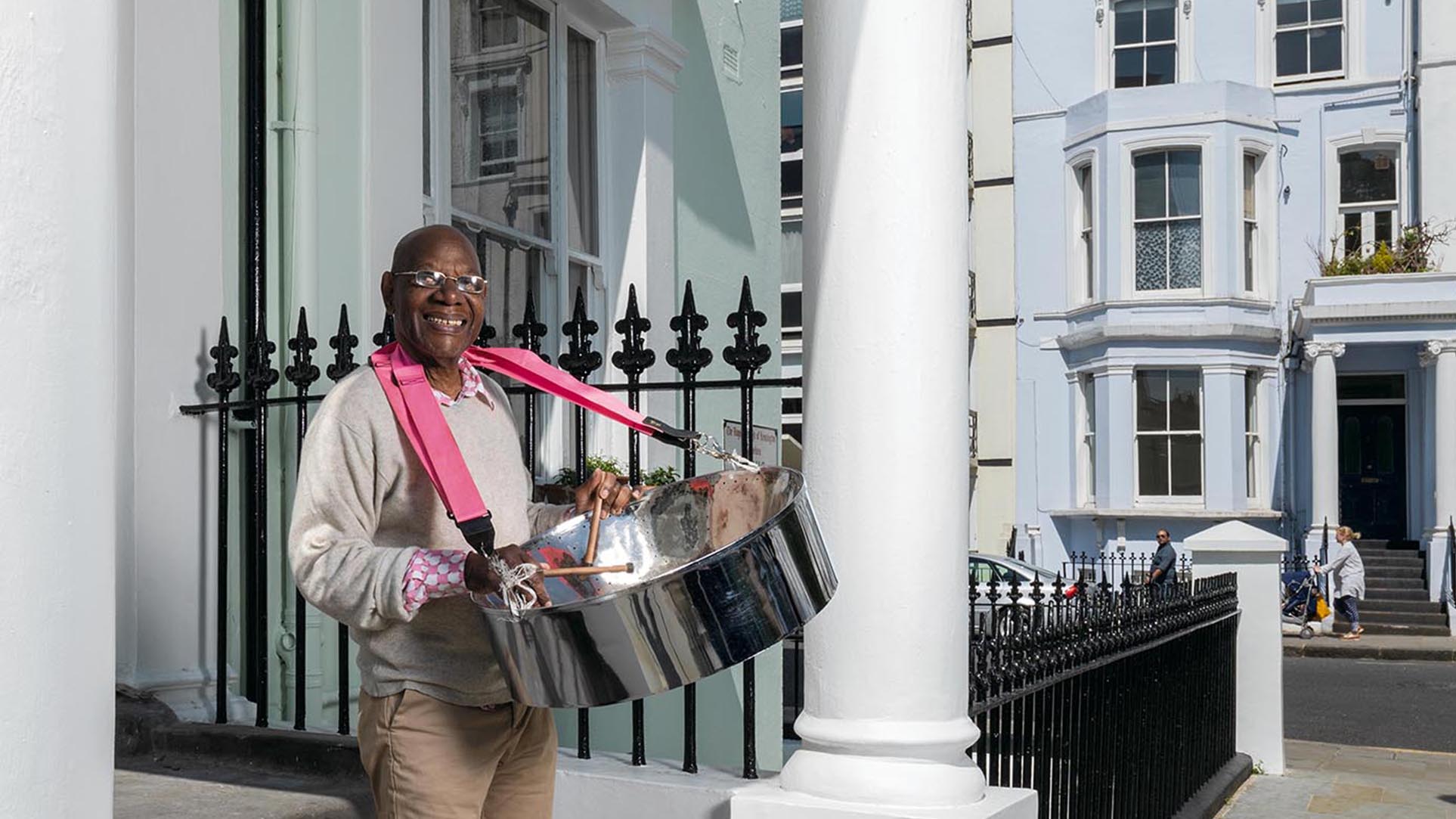London Borough of Culture
by Emily Gee, London Planning Director, Historic England
Congratulations to the winners of the Greater London Authority's London Borough of Culture competition! Waltham Forest is the first borough to be awarded the title - for 2019, followed by Brent for 2020. In addition, six boroughs - Barking & Dagenham, Camden, Kingston, Lambeth, Lewisham, Merton - will share a pot of £850,000 for landmark projects, which the boroughs highlighted in their entry bids. We're looking forward to working with the winners - it's an extraordinary opportunity for each borough and its residents to shine a light on local heritage and culture.
We firmly believe that heritage is an intrinsic part of culture: listed buildings are the glorious backdrops to stimulating performances and exhibitions, we uplift our souls by taking in the view from our historic landscapes and visiting historic places of worship, and the admiration of both grand architecture and characterful neighbourhoods are the reasons many flock to our capital.
Celebrating what is special about London fits with Historic England's mission to champion and protect the historic environment and make sure it is enhanced rather than harmed, for the benefit of all.
Some of our most visited cultural sites are listed, from cathedrals and palaces to the Royal Vauxhall Tavern and Abbey Road zebra crossing! London's historic environment has inspired generations of artists, artisans, musicians, writers and designers, and this creates a legacy of creativity in our city, shaping how it is seen and understood around the world. This cultural heritage also shapes the aspirations and identity of Londoners, as seen in our 'I Am London' photographic exhibition outside City Hall.
Historic buildings and monuments are often suitable for imaginative uses, from installations and exhibitions to immersive theatre and art trails, while inherently flexible and characterful industrial buildings are often perfect places for the creative industries and businesses to start up and take root.
One of our great strengths as a city is the vast time depth of our shared heritage, with each generation leaving its mark and informing our sense of identity.
Many of us are not indigenous Londoners but we quickly define ourselves by our neighbourhoods, and place thus becomes an integral part of culture.
Heritage and culture bring important social benefits, underpinning a pride of place and making people happy, whether through volunteering or simply enjoying. And there are economic benefits too: heritage tourism generated over £13.4 billion in spending by visitors in London in 2015.
Our capital is rich in cultural history, from the street names that evoke past people and places as we cycle and walk around, to the Temple of Mithras, now imaginatively interpreted back near the Walbrook.
A favourite is the Grade II listed Foundling Museum, where fine and contemporary art intertwine with a powerful social history and community engagement. Here, at the foot of the 18th century staircase re-housed from the original Foundling Hospital stands Yinka Shonibare's Trumpet Boy, dressed in Victorian clothes of African textiles, and emphasizing the narrative of how interwoven London's people, places and stories are.
To celebrate the culture of modern London's future, let's keep the power of its heritage firmly at the heart of it. London Borough of Culture is an excellent way to do just that.





